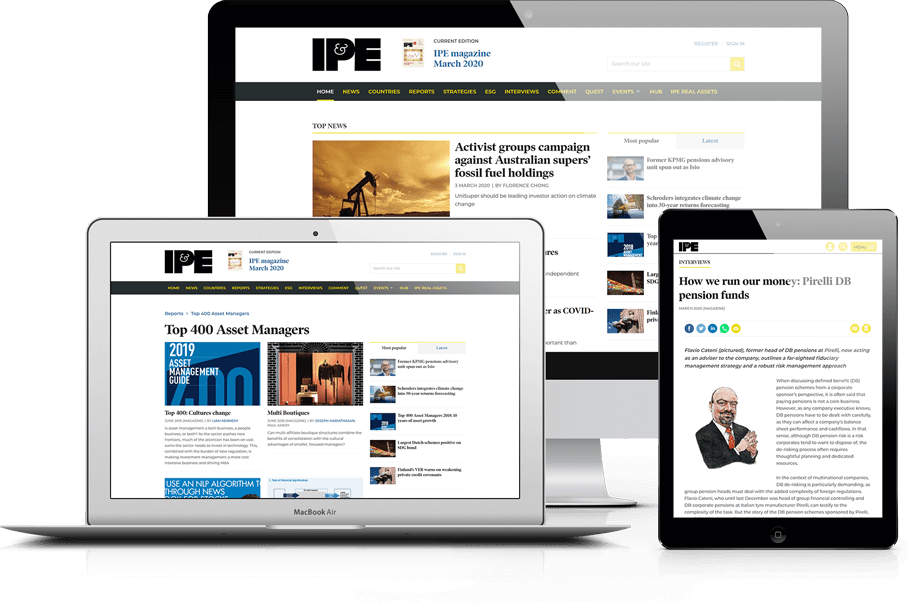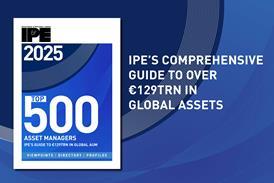How investors can access fairly-priced ‘portable alpha’ strategies

Combining long/short active management with traditional equity exposure, a strategy known as ‘portable alpha’, can generate outperformance, but it needs to be implemented in an innovative and accessible way
You have now reached your article limit
Already a registered user or member? Sign in here
To continue reading, register free today for access
Registration also includes access to

Five reasons to register today
- Access to IPE articles from our award-winning editorial team
- Unique IPE market data, rankings and tables
- In-depth interviews with pension fund leaders
- Extensive coverage of latest asset class trends
- Comprehensive archive of data, research and intelligence








